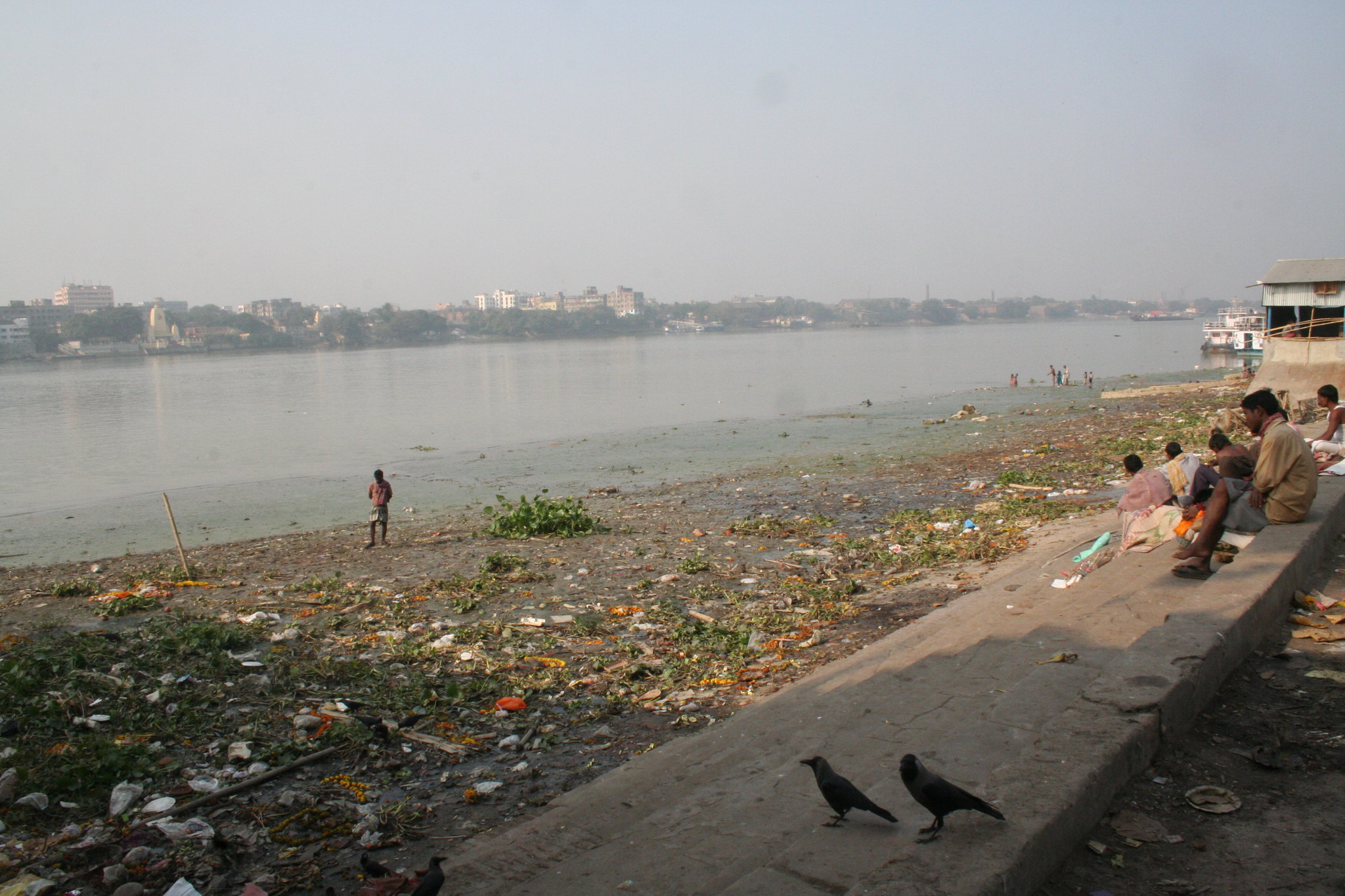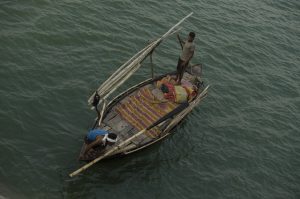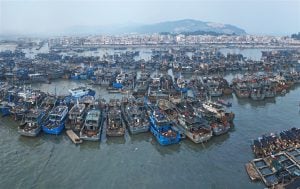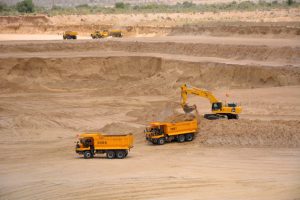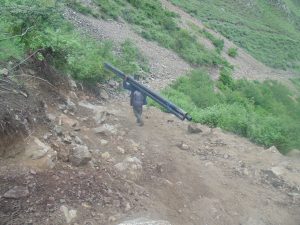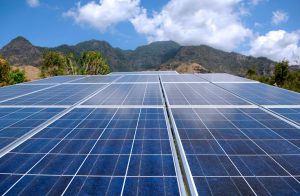Chandannagar, a former French colony, sits on a moon crest bend of the Hooghly, a distributary of the Ganga River in West Bengal. The town’s sewerage treatment plant doubles up as a “wonderland park” where visitors come to picnic among the green foliage and quiet backdrop of the trickle filter, among waste pipes and sculptures of Hindu gods.
But the pleasant environment belies its larger shortcomings. The plant, set up under the government push to clean the Ganga, treats only 10% of the town’s sewerage. Most households aren’t connected to the sewerage system and so untreated raw effluents flow directly into the holy Ganga.
Just north of Kolkata, this is one of the most polluted stretches of the Ganga, but receives less attention than the iconic ghats of Varanasi and the toxic tanneries of Kanpur.
Over 7 billion litres of raw sewerage are dumped into the Ganga every day from hundreds of towns along the river and its tributaries, and almost half comes from West Bengal, says Kalyan Rudra, chairman of the West Bengal Pollution Control Board and a hydrologist who has been tracking the state of the river for many years.
The state contributes 48% of wastewater produced in the Ganga basin and only treats 42% of this – leaving 1,779 MLD (million litres a day) of untreated waste flowing from the 54 drains throughout the state.
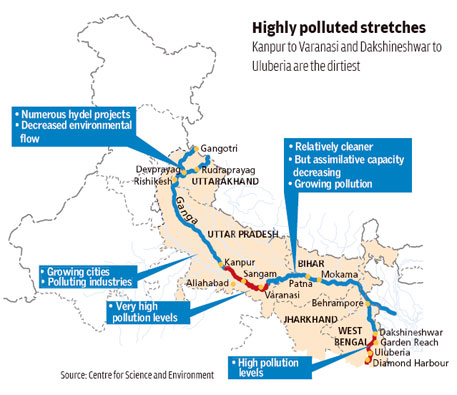
In reality, the situation is even more dire: From the glaciers of the Himalayas the river flows over 2,500 kilometres through the plains of India into the Bay of Bengal, collecting the toxic waste from the half billion of people who rely on the river, to become one of the most polluted rivers in the world. The Central Pollution Control Board (CPCB) says only a tenth of the sewage produced along the main stream of the Ganges is treated at all.
“Untreated sewerage is the biggest problem,” said Rudra, speaking at a thethirdpole.net media study trip along the lower reaches of the Ganga from Kolkata. It accounts for about 85% of the pollution in the river. The rest comes from industrial heavy metals, pesticides from agriculture, solid waste, human bodies and animal carcasses.
At its worst in West Bengal, the river contains 160,000 faecal coliform bacteria per 100 ml, a clear sign of human excreta (the World Health Organisation puts the safe limit at 1,000 per 100 ml). The problem is more widespread. A July 2013 report from CPCB shows unacceptable levels of faecal coliform all along the Ganga, even in the relatively clean water of the Upper Ganga where Hindu pilgrims visit holy sites such as Rishikesh and Haridwar.
In West Bengal alone, Rudra estimates building the necessary sewerage plants would require an extra INR 13,467 crore (USD 2 billion) and another INR 100 crore (USD 15 million) a year for repairs – money the state does not have. In the past, the central government funded all the costs of setting up and running effluent treatment plants along the Ganga. Now, under the National Mission for Clean Ganga, it has decided the cash strapped state governments will have to take over.
West Bengal has closed down 95 heavily polluting industries – along with the 94 shut down in Uttar Pradesh – but that has made little difference. Travelling up the Bhagirathi-Hooghly from Kolkata, a series of illegal cottage industries amid banana plantations, dirty brick kilns and coal-fired power stations can be seen pumping out waste into the river. Sand miners shovel away large chunks from both banks and pump it up from the riverbed, while officials bicker over how much of their activities are legal or illegal, who is supposed to lay down the law, who should implement it.
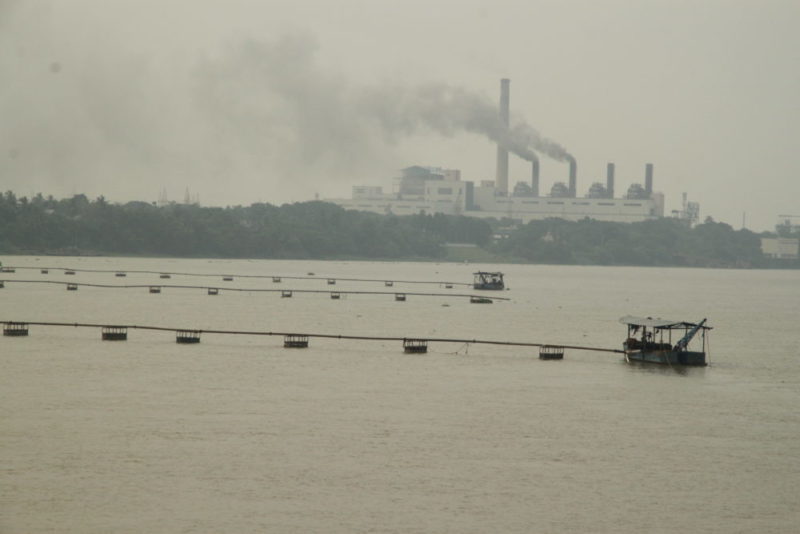
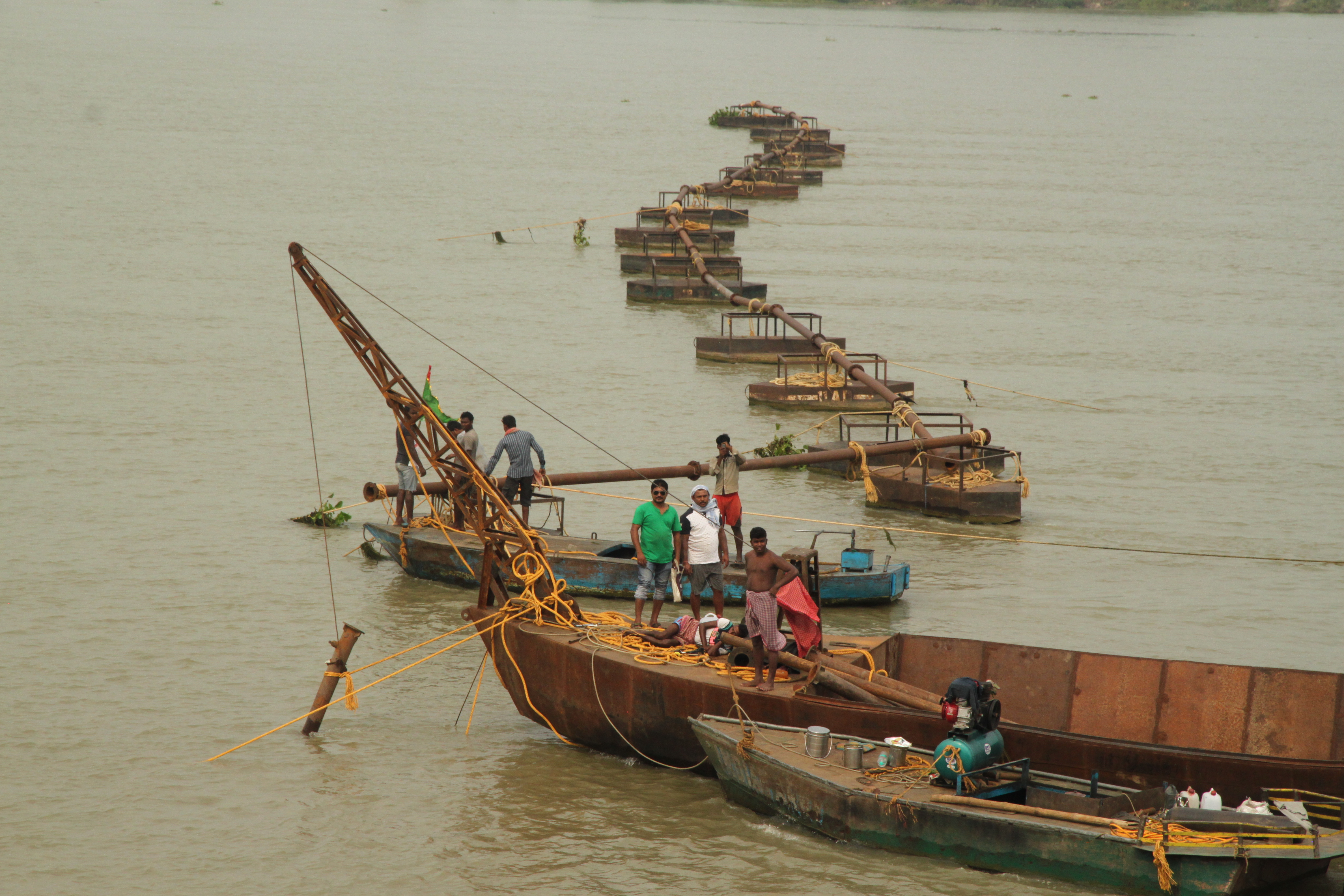
Ganga past failures
The history of cleaning up India’s largest and holiest river is littered with failure. Three decades of government action plans and billions of dollars of investment later, the Ganga is getting dirtier.
See also: Ganga more polluted than ever, despite Indian government’s action plans
The first concerted attempt to clean the Ganges began in 1986, when Prime Minister Rajiv Gandhi launched the initial phase of the Ganga Action Plan with the aim of making the river pollution free. The plan was to divert all drains spewing wastewater into the river to sewerage treatment plants, treat and then reuse the water. The first phase focused on stretches of the main river, the second phase extended its reach to the tributaries including the Yamuna that flows through Delhi. A revamped plan in 2009 sought to embrace the entire river system.
Since taking office in 2014, Prime Minister Narendra Modi has made it his personal mission to clean up the river by 2020, but new studies show pollution is getting worse.
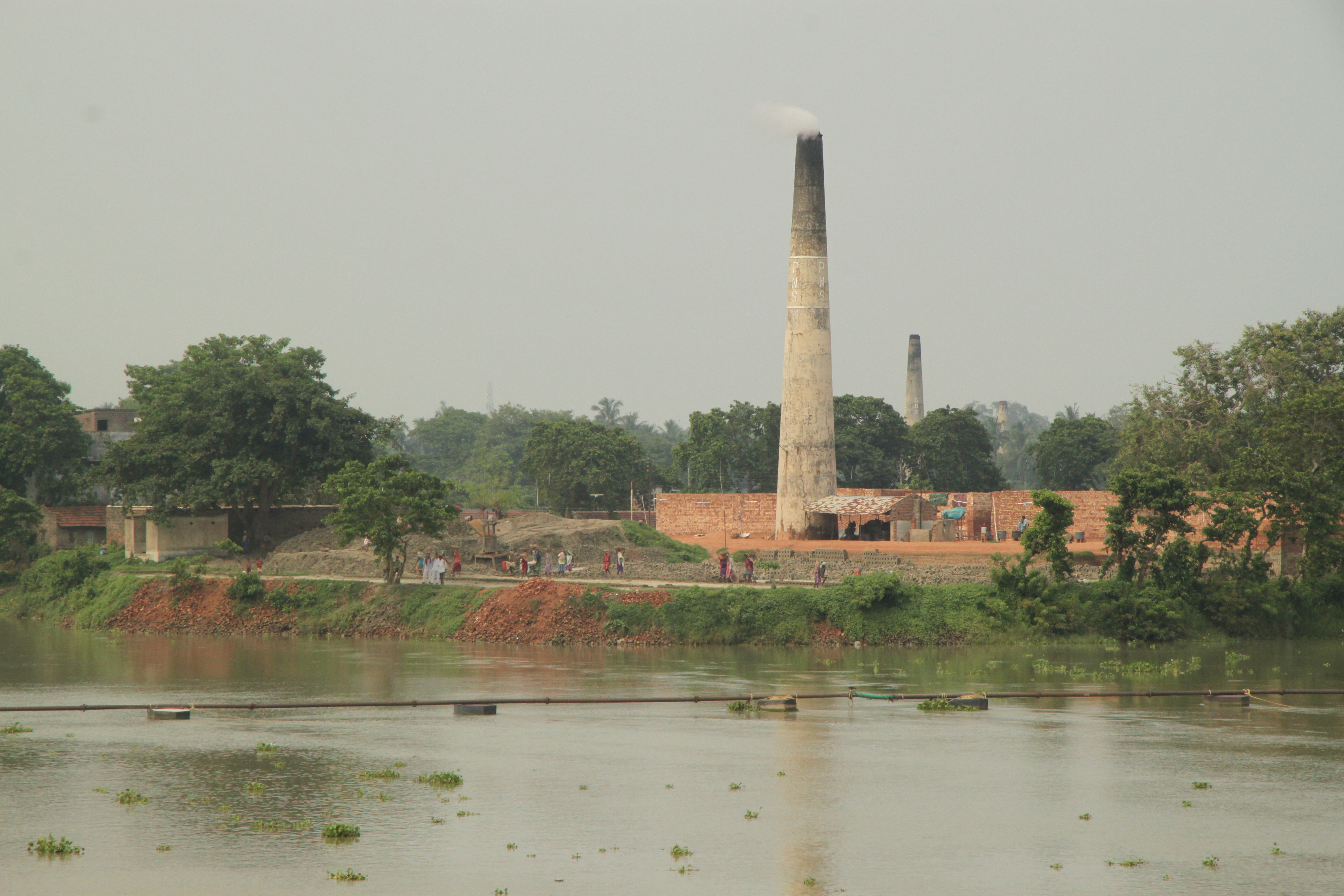
Wrong approach
The focus on industry and sewerage treatment plants (STPs) has been misguided, says Rudra. It’s not just that the plants installed along the river are not linked to the drainage system, or not functioning. Even if there was 100% coverage along the Ganga – as the current national plan envisages – it won’t be enough to clean the water. Existing treatment plants do not have the advanced technology required to remove faecal coliform. Conventional technologies built under river action plans funded by the Centre since the mid-1980s serve primarily to meet standards for biological oxygen demand and suspended solids (produced by agriculture and industry), rather than faecal matter for sewerage.
Lack of flow
But the deeper problem is the dwindling flow of the Ganga, says Rudra. Over 90% of water is diverted for agriculture before the river reaches Kanpur about halfway through its journey, leaving it unable to flush out pollution or dilute the toxins. Activists agree the river’s natural flow needs to be replenished, but ongoing construction of hydropower dams blocks the river’s arteries upstream.
This year historically low river levels forced the Farakka coal-powered power station in West Bengal to shut down after the boats carrying coal were grounded coming up the river. Pumping of groundwater for agriculture across the basin has also reduced the amount of water percolating into the river bed from below. And the Gangotri glacier at the headwaters of the river in Uttarakhand is retreating 20 metres per year, further weakening the flow.
See Disappearing source of the Ganga
The latest version of the Ganga action plan merely plays lip service to maintaining water flow, say environmentalists, but provides no clear roadmap of how this will be achieved.
Health crisis
The health impacts are immense as people continue to drink, bathe and wash in its waters. The myth persists that the river has a self-purifying quality — but the toxic waters spread life threatening diseases in a country where a third of a million children under five still die each year from diarrhoea and countless people suffer chronic dysentery and parasitic infections.

People living along the Ganga are far more prone to cancer than anywhere else in the country. Studies by the National Cancer Registry Programme (NCRP) show there are alarmingly high rates of certain cancers in eastern Uttar Pradesh – and in the flood plains of West Bengal and Bihar, where cancer of the gall bladder, kidneys, liver, urinary bladder and skin are common. Women in Delhi show the highest rates of gall bladder cancer in the world.
See also: Ganga is now a deadly source of cancer study says
There are wider health implications as well. Sewerage-borne waste spreads genes known as NDN-1 that associate themselves with bacteria to form “superbugs” highly resistant to most kind of antibiotics. They have been found in the Yamuna in Delhi and even in upper reaches of the Ganga around pilgrimage sites. Apart from a few localised studies by civil society groups or academics, the extent of the health crisis is unknown.
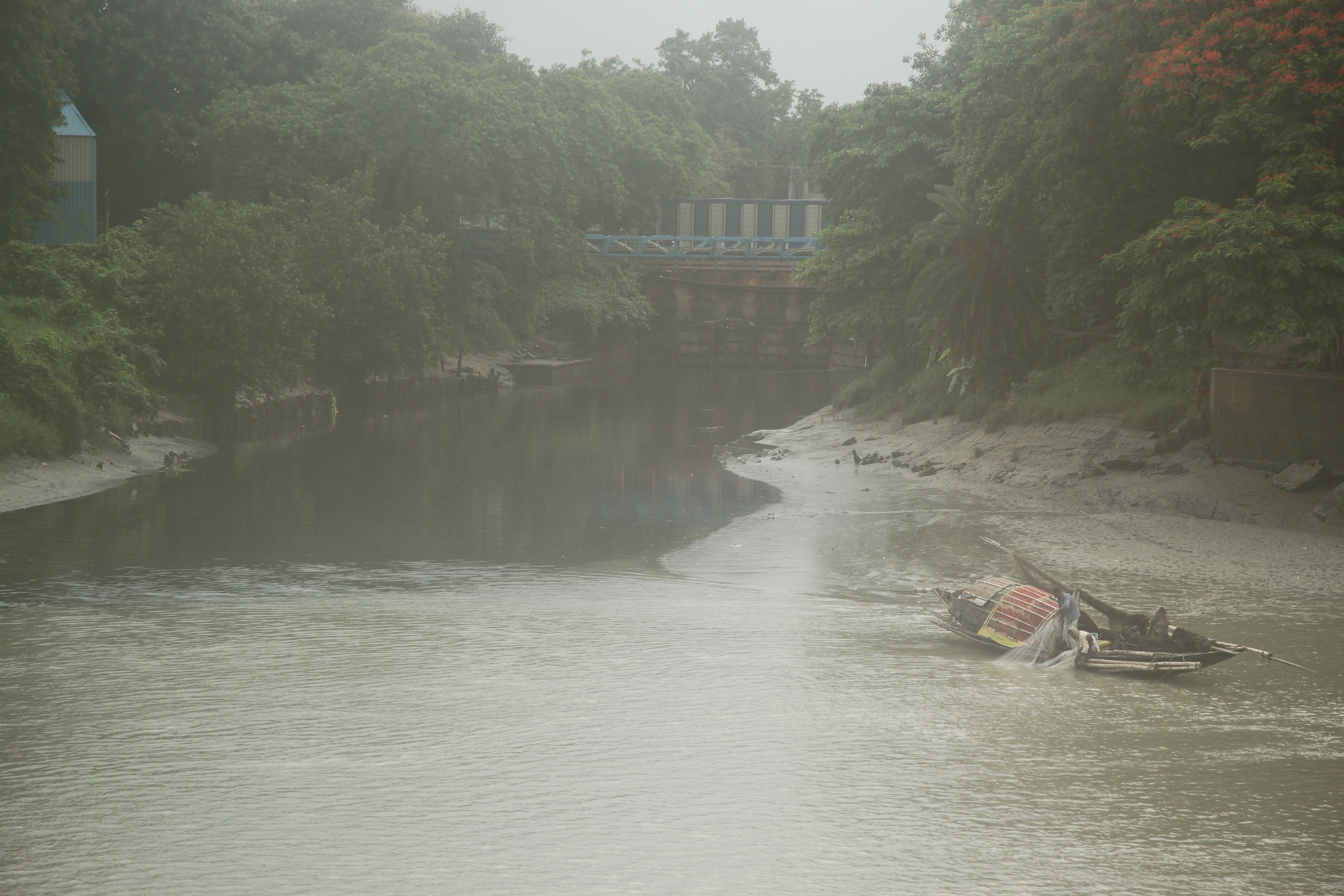
Colonial legacy
Many of the problems facing the Ganga are a colonial hangover, says Rudra. Under the British in the mid nineteenth century, India built hundreds of miles of canals to siphon water for agriculture, leaving the river ill equipped to cope with pollution and creating a legacy of use of water for irrigation downstream. The colonial rulers tried to tame the Ganga’s naturally massive braided system that oscillates, depositing vast quantities of fertile silt across its plains. They saw flooding as a hazard and built networks of embankments. Initially this approach saved people from floods, but in the long term it led to a huge build-up of sediment and left people more vulnerable to high intensity floods. People failed to recognise the important role of low intensity floods for flushing out pollutants. After independence, the philosophy of river management borrowed from the West held strong. But the Ganga has a very different kind of hydrology.
Now people and industries have settled even along the intertidal parts of the river bed and major national rail and road infrastructure precariously skim along the banks of the unruly waters.
The only way forward, says Rudra, is to concentrate on ways to restore the flow of the Ganga and rejuvenate the natural processes and functions of the river system. River floodplains should be freed up to allow wetlands to act as natural filtration and give the river space to flood and flush out sediment and pollutants.
